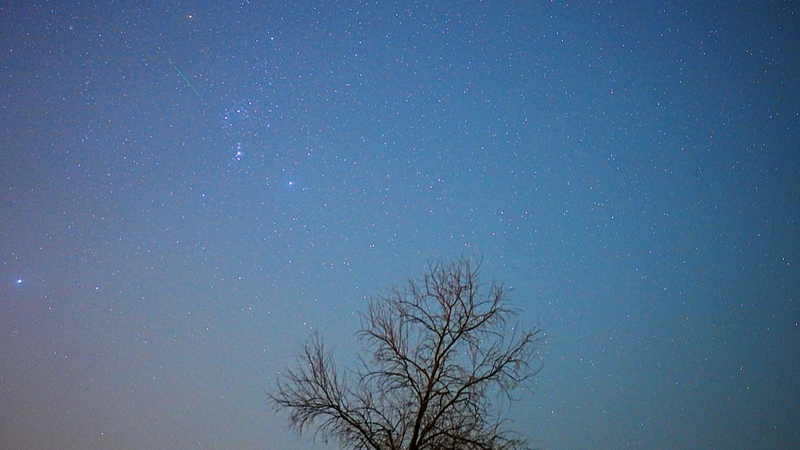The annual Orionid meteor shower lit up autumn skies across the globe this week, peaking from October 21 to 22. According to the American Meteor Society and NASA, observers under clear, dark skies could spot around 20 to 25 bright and fast meteors per hour, all radiating from the border of the Orion and Gemini constellations.
From remote desert campsites in Chile to urban rooftops in Berlin, stargazers from New Delhi to New York tuned in to this celestial spectacle. Hobbyist photographers captured streaks of light in long-exposure shots, while social media feeds buzzed with time-lapse videos and real-time reactions.
For young global citizens and digital nomads, the Orionids offered more than a skywatching event: it became a moment to connect across time zones, swapping tips on dark-sky locations and phone-mount setups. Tech enthusiasts tracked live streams and meteor-count apps, turning an age-old marvel into a shared digital experience.
Thought leaders and sustainability advocates highlighted how clear autumn skies, free from heavy pollution, helped many catch the show. This reminder of our common atmosphere sparked fresh conversations on air quality and light-pollution solutions that resonate from Tokyo to Toronto.
Whether you’re an amateur astronomer, a content creator, or simply someone who paused to look up, the Orionid meteor shower painted a dazzling reminder that the universe’s light show belongs to everyone.
Reference(s):
cgtn.com




